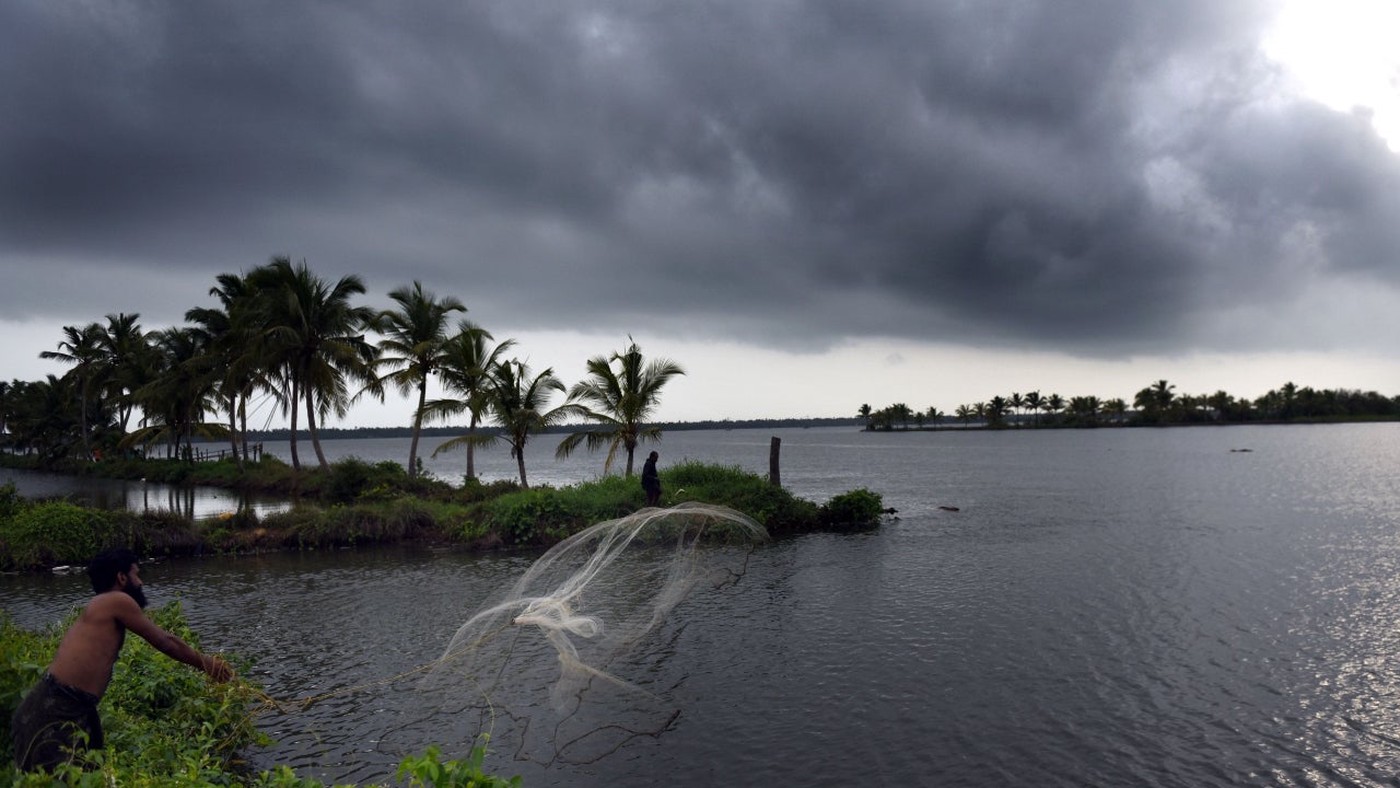The recent announcement by the World Meteorological Organization (WMO) regarding the weakening of the El Niño weather phenomenon has sparked hope for a return to normalcy in India's monsoon patterns in 2024. El Niño, one of the top five strongest on record, has besignificantly contributedo India's driest monsoon since 2018. However, with its waning influence, there is optimism that Indian agriculture and weather patterns may experience a reprieve.
Impact of El Nino Effect
The Indian Meteorological Department (IMD) also shed light on the role of El Niño in the warm winters experienced in 2024. Typically associated with above-normal temperatures, warm winters, and low rainfall, El Niño's impact has been keenly felt across various regions. As El Niño is expected to diminish by June, coinciding with the onset of the Indian monsoon season, meteorologists anticipate a neutral monsoon. However, the lingering effects of El Niño may lead to continued weather fluctuations, underscoring the complexity of weather forecasting.
Effect of El Nino on Rainfall

While El Niño's influence on Indian rainfall is significant, it is not the sole determinant of monsoon variability. Factors such as Arctic warming have also been identified as potential contributors to shifts in India's rainfall patterns. Research conducted by the National Centre for Polar and Ocean Research suggests a correlation between Arctic temperatures and the strength of Indian monsoons, highlighting the interconnectedness of global climate systems. Despite the cautious optimism surrounding the potential return to normal monsoon conditions, uncertainties persist. The possibility of La Niña conditions emerging this year adds another layer of complexity to weather predictions. La Niña, the opposite of El Niño, could introduce its own set of challenges or benefits to India's weather patterns.








